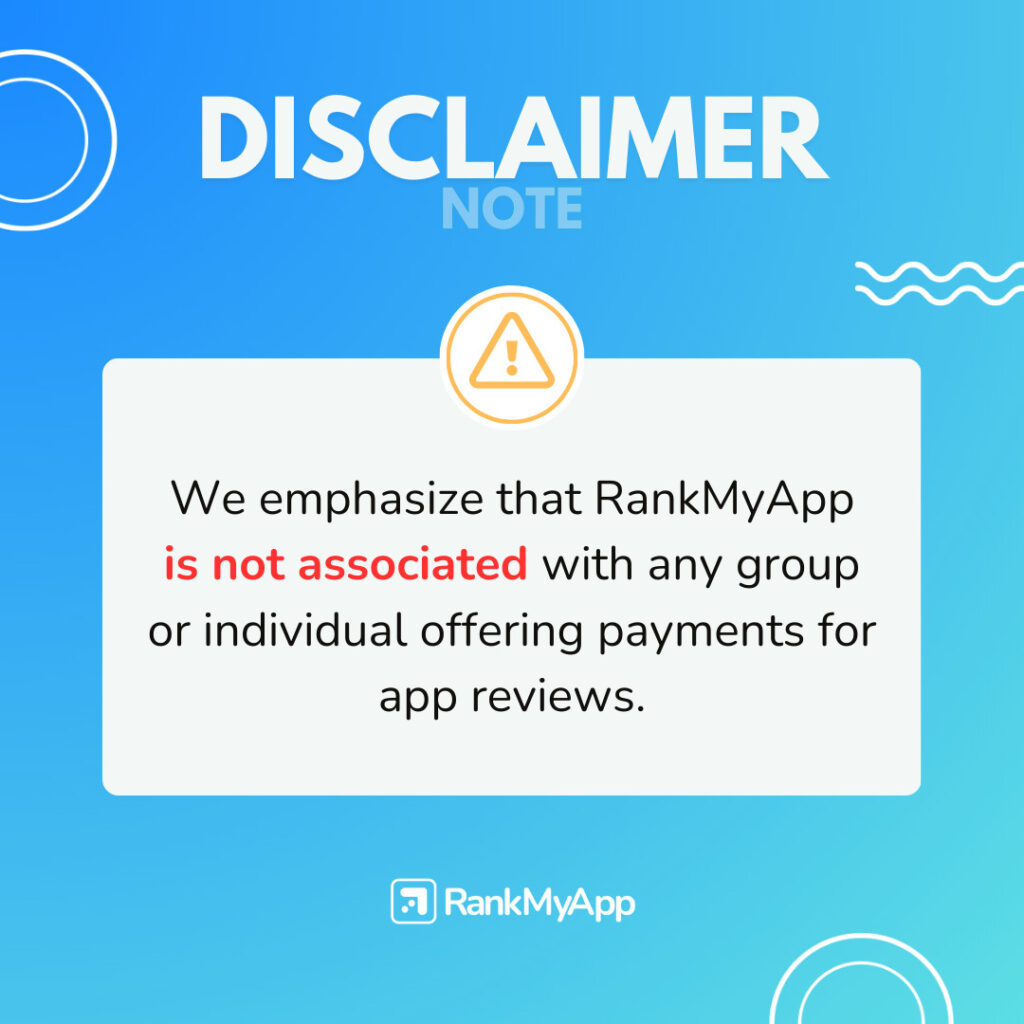Digital media buying is a cornerstone of any successful marketing strategy, but it comes with challenges such as fraud, lack of data visibility, and wasted budgets. To ensure every dollar is well spent and the results are genuine, it is crucial to adopt practices that guarantee transparency and security in transactions.
Transparency in media buying allows advertisers to accurately track where their ads are being displayed, the impact they are generating, and how resources are allocated. A lack of transparency opens the door to fraud, such as fake views and non-human clicks, which compromise campaign ROI.
In this article, we will explore how you can prevent fraud in media buying and ensure that your investments are being used effectively.
Key types of media buying fraud
In media buying, advertisers are constantly exposed to various types of fraud that can negatively impact their investments, generating fake clicks, invalid impressions, and wasted budget. Understanding the main types of fraud helps identify threats and take preventive measures.
Ad Stacking
Ad stacking is a form of fraud where multiple ads are stacked on top of each other on a single page. Visually, only one ad is visible to the user, but the advertiser ends up paying for all the stacked impressions. This results in ghost impressions—impressions that were never seen by users. Not only does this deceive advertisers, but it also undermines campaign engagement and results.
Click Fraud
Click fraud occurs when fake clicks are generated on paid ads, typically by bots or malicious competitors. These clicks are not made by real users but by software or individuals with the intent to increase campaign costs without generating conversions. This inflates the cost per click (CPC) and damages return on investment (ROI).
Impression Fraud
Impression fraud involves generating fraudulent impressions that were not actually viewed by real people. Often done by bots or redirecting ads to low-quality sites or apps, this type of fraud leads advertisers to pay for impressions that have no commercial value.
Domain Spoofing
Domain spoofing is a practice where low-quality sites masquerade as premium sites to receive high-value ads. In this fraud, advertisers believe their ads are being displayed on reputable, high-traffic websites when, in reality, they are appearing on irrelevant platforms or those with fake traffic.
Pixel Stuffing
In pixel stuffing, the ad is placed in an invisible 1×1 pixel frame on a website, meaning users can’t see it. While the ad technically “appears” on the page, it is neither visible nor clickable, yet the advertiser still pays for the “impression.”
Strategies to prevent media buying fraud
To ensure the integrity and efficiency of your media buying campaigns, it is essential to adopt robust practices that safeguard your budget from fraud and promote full transparency. Below are some key strategies you can implement to protect your investment and ensure your campaigns deliver the desired results.
1. Demand detailed reports
Requesting detailed, real-time performance reports allows you to track the effectiveness of your campaign. These reports should include metrics like impressions, clicks, and conversions, which make it easier to spot suspicious or inconsistent patterns, such as an unusually high number of clicks from unexpected sources.
By continuously analyzing these reports, you can identify potential fraud early on and take corrective action before the situation worsens. This transparency is critical for advertisers to have full visibility into where and how their money is being spent.
2. Work with trustworthy platforms and suppliers
Choosing trustworthy platforms and suppliers is essential to ensuring transparency in media buying. Make sure to work with partners that provide clear information on where your ads are being displayed, the source of the traffic, and who follow recommended security practices.
Suppliers with a strong market reputation offer guarantees about campaign delivery and have tools in place to constantly monitor traffic for fraud detection. Always look for testimonials and success stories before selecting a partner for your media strategy.
3. Implement Ad verification policies
Using ad tags or tracking technologies to adopt ad verification policies ensures that your ads are being delivered to the right audience in the right location. These tools are essential for monitoring whether clicks and impressions are genuine.
Verification technologies allow you to confirm if your ads are being viewed by the intended audience and whether they are meeting your campaign goals.
4. Viewability verification and precise targeting
Viewability is a crucial metric in media buying because it indicates whether ads are actually being seen by users. Viewability verification tools help ensure that your ads are displayed in visible positions on web pages, eliminating fraud like pixel stuffing, where ads appear in invisible frames.
Precise targeting also ensures that ads are directed to the right audience, increasing conversion chances and reducing budget waste on irrelevant impressions.
5. Use independent audits
Conducting an independent audit of your media campaigns adds an extra layer of security. External auditors can review traffic, check reports, and verify that your ads are being displayed as expected.
These audits provide an impartial evaluation of your campaign’s performance and security, helping to identify potential fraud or discrepancies in data.
6. Campaign performance monitoring
Ongoing campaign monitoring is one of the best practices for detecting fraud in real-time. By tracking performance metrics daily, you can quickly identify unusual activities such as spikes in clicks or impressions that don’t result in conversions.
Automation tools can be integrated to trigger alerts when suspicious patterns are detected, enabling immediate action to minimize potential damage to your campaign.
7. Compliance with regulations and best practices
Ensuring that all your media partners and suppliers adhere to industry best practices and follow regulations such as the Interactive Advertising Bureau (IAB) guidelines is crucial. This not only reduces the risk of fraud but also ensures that your campaigns comply with ethical and legal standards.
Compliance with these norms increases transparency and provides a safer, more reliable media environment for all parties involved.
How technology can help prevent fraud
The fight against fraud in media buying requires more than just best practices—technology plays a key role by providing advanced monitoring and control solutions. Anti-fraud technologies allow for real-time fraud detection and proactive action to protect your campaigns and optimize your investments.
At RankMyADS, we use Clickshield, an advanced, custom-built solution to protect our clients’ investments from various types of fraud. Clickshield continuously monitors ad traffic and detects suspicious activities such as ad stacking, click fraud, fake impressions, and other anomalies that can compromise campaign results.
How Clickshield works
- Real-time monitoring: Clickshield continuously monitors traffic and user behavior. Any unusual activity, such as repetitive clicks from the same IP or unnatural click patterns, is quickly detected, enabling immediate action.
- Bot detection and fake activity: Clickshield distinguishes between human traffic and bot-generated traffic, often used to fraudulently inflate clicks and impressions. By blocking this traffic, the tool ensures that your budget is spent on authentic interactions, maximizing ROI.
- Detailed reports and transparency: One of the major benefits of Clickshield is transparency. With detailed and easy-to-understand reports, you have access to all the information regarding your campaign’s performance and fraud prevention efforts. This includes data like the number of frauds detected, traffic sources, and other relevant metrics.
- Proactive prevention: In addition to identifying fraud that has already occurred, Clickshield uses advanced algorithms to predict and prevent future fraud. This means that when a fraudulent behavior pattern is identified, the tool takes preventive measures to ensure the fraud doesn’t significantly affect your campaign.
Anti-fraud technology is essential in a landscape where digital media buying fraud is becoming more sophisticated. Without tools like Clickshield, companies risk wasting a significant portion of their budget on clicks and impressions that never generate real results.
Ensuring transparency in media buying is vital to protecting your investments and maximizing your campaign’s return. By implementing strategies such as detailed reporting, independent audits, viewability verification, and working with trustworthy platforms, you will be better equipped to prevent fraud and optimize your campaign performance.
At RankMyADS, we offer a combination of digital media solutions with total transparency, helping to ensure your campaigns are free from fraud and maximizing your return. Contact us to learn how we can help you achieve real and efficient results for your brand.
Speak with a RankMyADS specialist today and discover how to ensure total transparency in your media buying campaigns!





